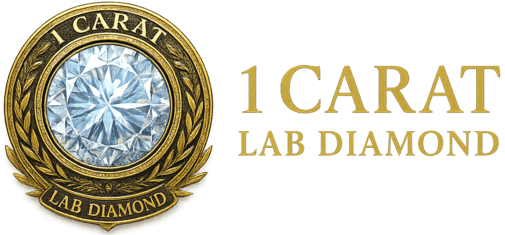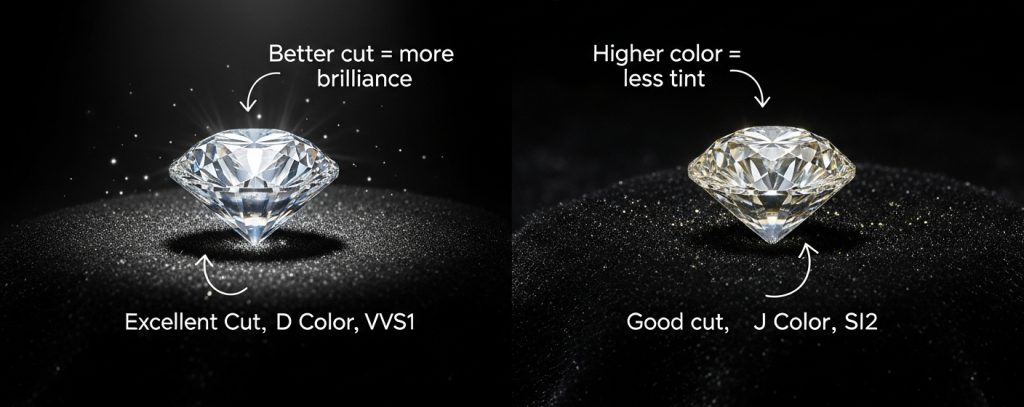The Most Popular Diamond Jewelry Styles of 2025 (And Why They Last)
(Updated for late-2025 buying behavior.) Diamond jewelry in 2025 continues to live at the intersection of everyday wear and quiet luxury. As the year progresses, shoppers are increasingly drawn to pieces that feel personal, stackable, and durable without losing sight of certification and long-term value. The overview below answers the most–searched questions on trends, metals, and styling, while showing how buyers use Rare Carat’s (aka the Kayak of Diamonds) tools and support to choose wisely. What are the latest trends

